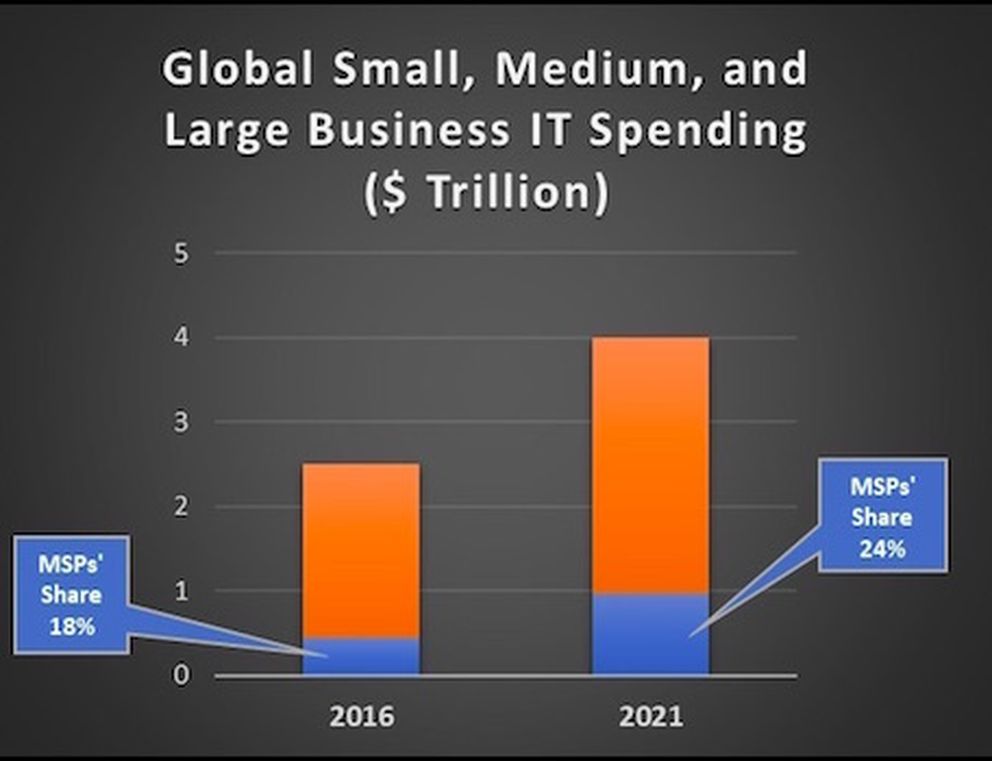Managed Services Providers need to be knowledgeable about the latest technology and trends. Doing so helps them to better support their clients. Keeping up with technology can be like shoveling snow during a blizzard. According to a recent study, doing so can pay off for MSPs in big ways.
AMI-Partners recently released their 2017 Worldwide MSP Study which provides global, regional, and country-specific insights and analysis, including market sizing for a comprehensive set of managed services, broken out by vertical industry and employee size segments. The study was conducted with 950 MSPs across Americas, Europe and Asia Pacific and details how MSPs are transforming, managing, and growing their businesses while delivering increasing value to their customers by partnering with a broad array of hardware, software, tools and services vendors.
Among the key takeaways:
Now here's a closer look at the overall survey results.
MSPs Going Vertical

The study indicates that the MSPs who are increasing their market share are specializing in specific vertical markets. Focusing on one vertical can help the MSP understand the needs of their clients a little better, and know how to handle industry-specific issues like HIPAA compliance in the Healthcare industry. We're seeing similar trends in ChannelE2E's own Top 100 Vertical Market MSPs research, which we conduct annually.
The MSP market is so attractive right now that many VARs are changing their business model over to an MSP. Based on insights from the study VARs looking to transition should pay attention to the key steps VARs need to systematically execute, along with various KPIs they need to watch.
MSPs are also transforming their own business models to fit with the changing technology. The study indicates that MSPs are moving beyond Managed IT services and are now offering as-a-service subscriptions like Desktop-as-a-Service and Infrastructure-as-a-Service to their clients. (And of course, MSSP Alert is tracking the aggressive push into managed security services.)
MSPs: Lots of Tools, Lots of Dollars
The study also explores the various tools and services MSPs are using to deliver their managed services to their clients like remote management, ticketing platforms, and PSA systems. According to the study, the typical MSP uses over 11 different tools to monitor and deliver managed services and may partner with upwards of 15 individual technology and platform vendors to architect tailored solutions for their customers.
The survey predicts that by 2021 MSPs are expected to deliver 25 percent of the $4 Trillion that SMBs and large enterprises will spend on IT products and services globally. Staying on top of the latest technology, tools and services for the specific vertical your MSP covers seem to be essential in taking advantage of the rapid growth MSPs continue to enjoy.




